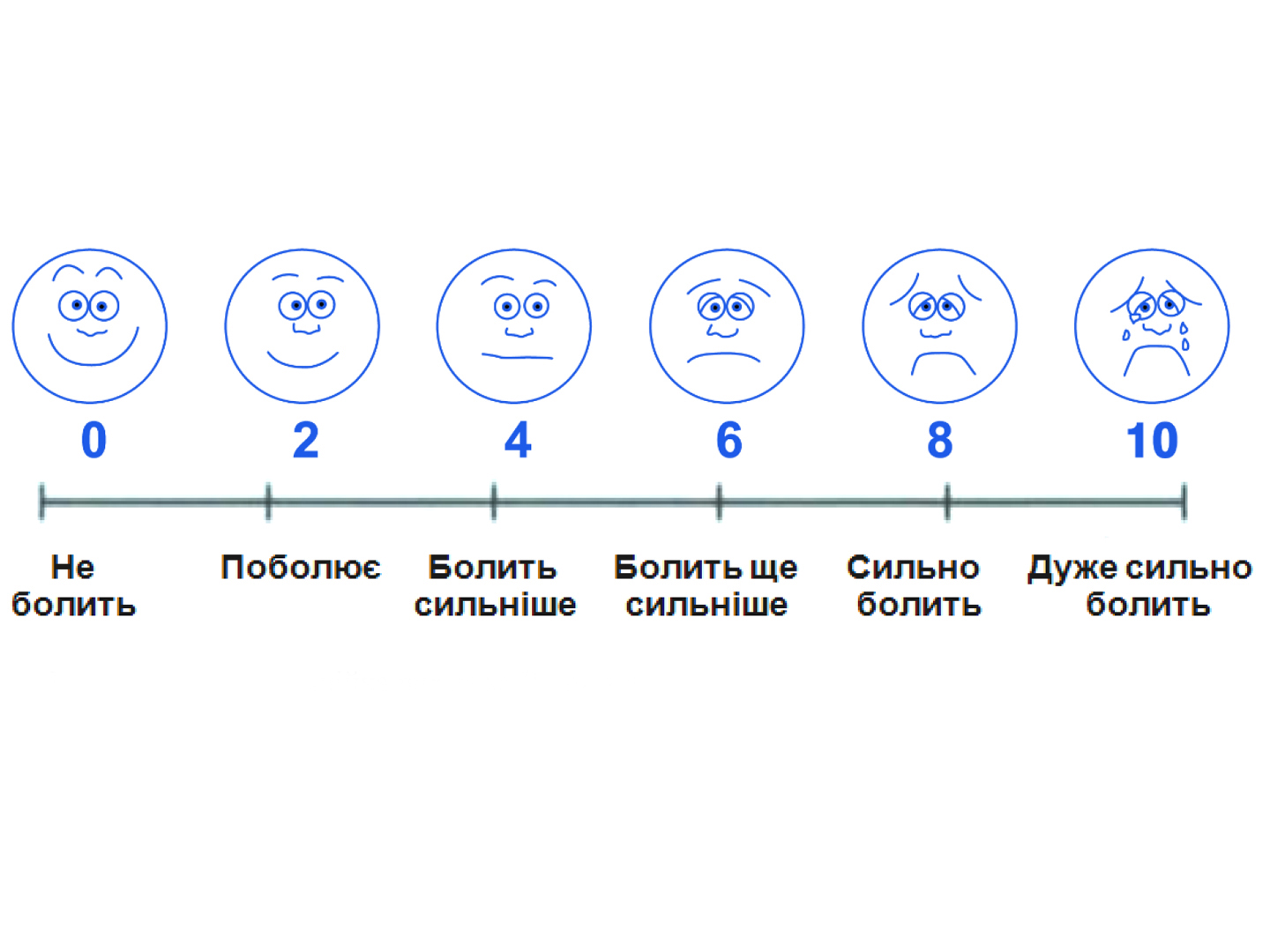Efficacy and safety of intravenous parace-tamol in the early postoperative period after minor surgical interventions
Kyiv Oblast Clinical Hospital
The problem of pain remains one of the global and un-resolved issues in modern medicine. Each surgical inter-vention is accompanied by an intended surgical injury, the elimination of the consequences of which is the main task of the postoperative period [1].
At the IV Congress of European Pain Associations (Prague, September 2003), it was noted that at least 35% of patients, who underwent scheduled and emergency surgical interventions, suffered from postoperative pain. In one of the largest studies (about 20,000 patients in the UK surgical departments), postoperative pain sensations of moderate intensity were recorded in 29.7% of cases (26.4-33%), high intensity in 10.9% of cases (8.4%-13.4%) (Dolin S., Cash-man J., 2002).
Unresolved pain in the early postoperative period, ex-cept for expressed subjective discomfort, is fraught with a number of serious complications that can become a serious obstacle to the recovery of the patient. Control of postoper-ative pain allows to reduce the risk of serious postoperative complications: ischemia and myocardial infarction, tachy-cardias, arrhythmias, atelectasis, thromboembolic compli-cations, peripheral vasoconstriction, metabolic acidosis, and disturbances in the healing process of a postoperative wound [1, 2].


